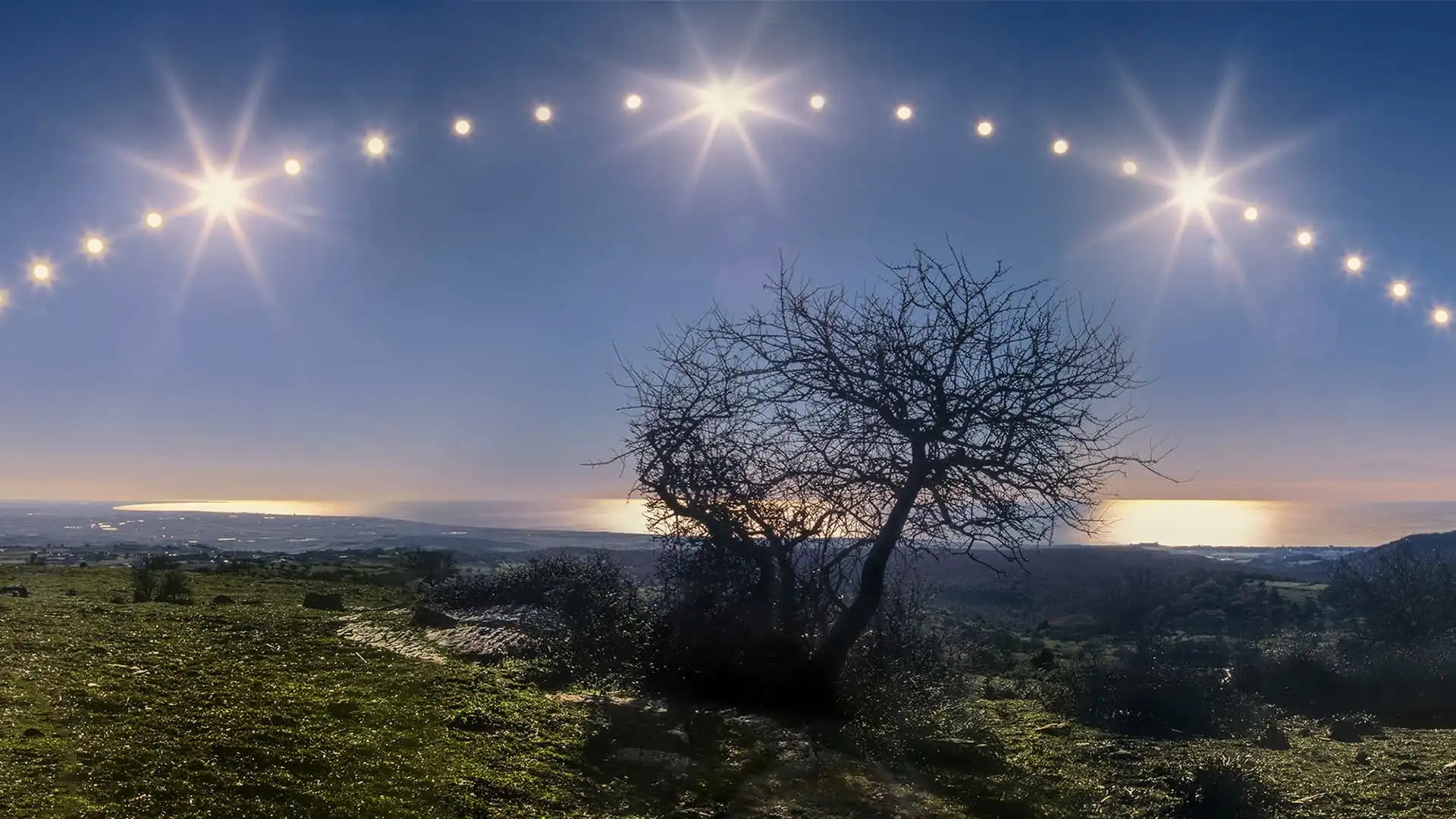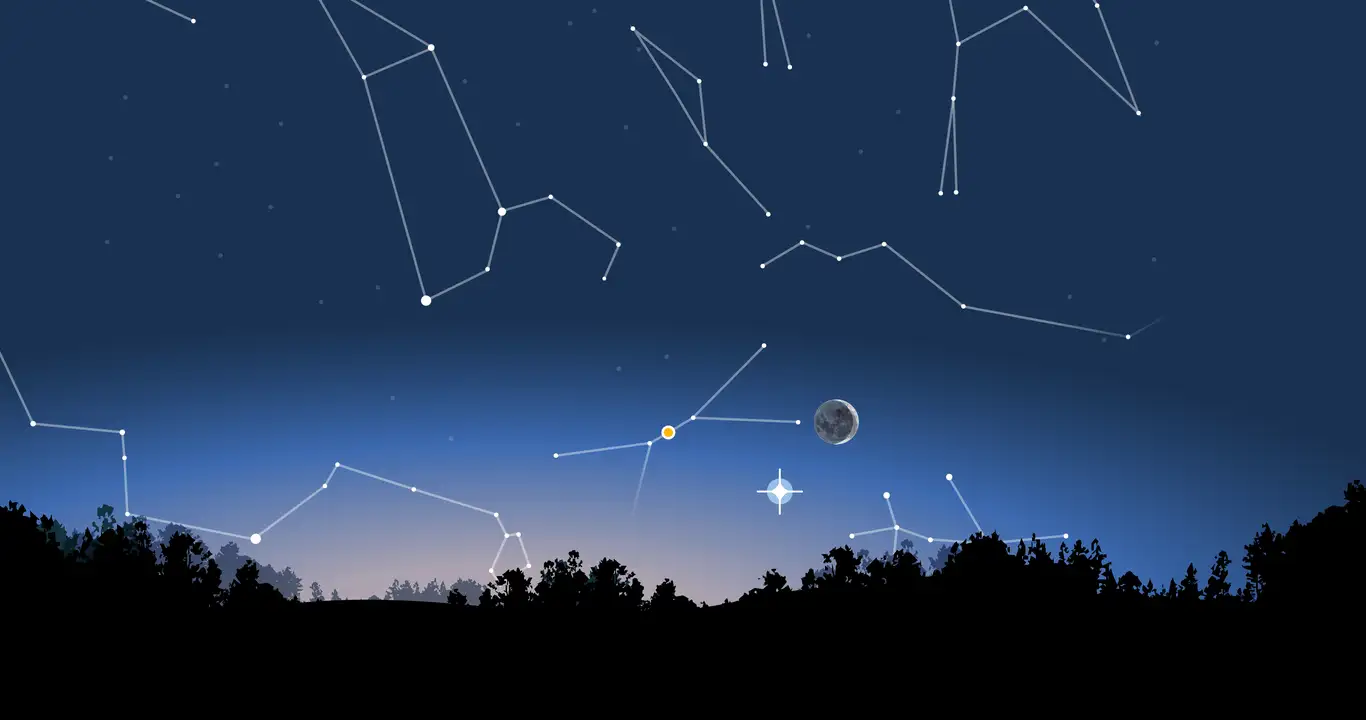News
Summer Solstice 2023: Why Is June 21 The Longest Day Of The Year?

(CTN NEWS) – The summer solstice is an astronomical event that occurs each year when the tilt of the Earth’s axis is most inclined towards the sun.
This phenomenon results in the longest day and the shortest night of the year. In 2023, June 21 marks the summer solstice in the Northern Hemisphere.
This article aims to delve into the reasons behind the summer solstice and explore its significance in various cultures and scientific disciplines. Join us on this celestial journey to uncover the secrets of the summer solstice.
What is the Summer Solstice?
The summer solstice is a pivotal moment during the year when the sun reaches its highest point in the sky, leading to the longest period of daylight.
This celestial event occurs due to the tilt of the Earth’s axis in relation to its orbit around the sun.
During the summer solstice, the Northern Hemisphere leans towards the sun, basking in its warm embrace and experiencing an abundance of daylight.
The Science Behind the Summer Solstice
The summer solstice is a result of the Earth’s axial tilt, which is approximately 23.5 degrees relative to its orbit around the Sun.
During the summer solstice, the North Pole is tilted towards the Sun, causing the Sun’s rays to be more direct and concentrated in the Northern Hemisphere. This tilt leads to longer daylight hours and shorter nights.
The exact timing of the summer solstice varies each year, but it usually falls between June 20th and June 22nd. In 2023, the summer solstice falls on June 21st.
On this day, the Sun reaches its highest point in the sky at noon and appears to follow the longest and highest path across the sky.
The Significance of June 21
June 21 holds great significance as the date of the summer solstice. It is the day when the sun’s rays shine directly over the Tropic of Cancer, located at approximately 23.5 degrees north latitude.
As a result, locations in the Northern Hemisphere, such as India, experience their longest day and shortest night of the year. This day marks the beginning of summer and is celebrated in various cultures around the world.
The Connection Between the Summer Solstice and Seasons
The summer solstice marks the official beginning of summer in the Northern Hemisphere. After this date, the days gradually become shorter, and the nights grow longer as the Earth continues its orbit around the Sun.
The summer solstice is a significant astronomical event that helps determine the changing seasons.
As the Northern Hemisphere tilts away from the Sun following the summer solstice, the Sun’s rays become less direct, leading to a decrease in daylight hours and a gradual shift towards autumn and eventually winter.
Conversely, in the Southern Hemisphere, the summer solstice marks the beginning of winter, as the Southern Hemisphere is tilted away from the Sun during this time.
Ancient Celebrations and Traditions
- The Festival of Litha: In ancient Celtic traditions, the summer solstice was known as the Festival of Litha. It was a time of joyous celebration to honor the sun god and welcome the abundance of the growing season.
- Midsummer’s Eve: Many European cultures celebrate Midsummer’s Eve on June 21. Bonfires are lit, and people gather to dance, sing, and revel in the enchanting atmosphere of the longest day.
- Inti Raymi: In the Inca civilization, the summer solstice was commemorated through the grand festival of Inti Raymi. This ceremony paid homage to the sun god Inti and included vibrant processions, music, and offerings.
Scientific Explanations
The summer solstice holds a wealth of scientific explanations that shed light on the phenomenon:
- Earth’s Axial Tilt: The Earth’s axis is tilted at approximately 23.5 degrees relative to its orbital plane. This tilt causes variations in the amount of sunlight different regions receive throughout the year.
- Spherical Shape of the Earth: The spherical shape of the Earth leads to the curvature of sunlight, resulting in longer daylight hours during the summer solstice.
- Path of the Sun: During the summer solstice, the sun follows its highest and longest path across the sky, resulting in extended daylight hours.
Conclusion
The summer solstice, particularly on June 21, holds immense significance as the longest day of the year.
From ancient celebrations and cultural traditions to scientific explanations, the summer solstice captivates our curiosity and reminds us of the interconnectedness between humans and the cosmos.
So, as the sun reaches its zenith and bathes the Earth in radiant light, let us embrace the energy of the summer solstice and appreciate the wonders of our celestial home.
RELATED CTN NEWS:
Hunter Biden Congressional Scrutiny And DOJ Charges: What You Need To Know
Bank Of Thailand Introduce New Lending Guidelines Against Rising Household Debt
U.S. National Hurricane Center Predicted First Hurricane Of 2023 Season




























